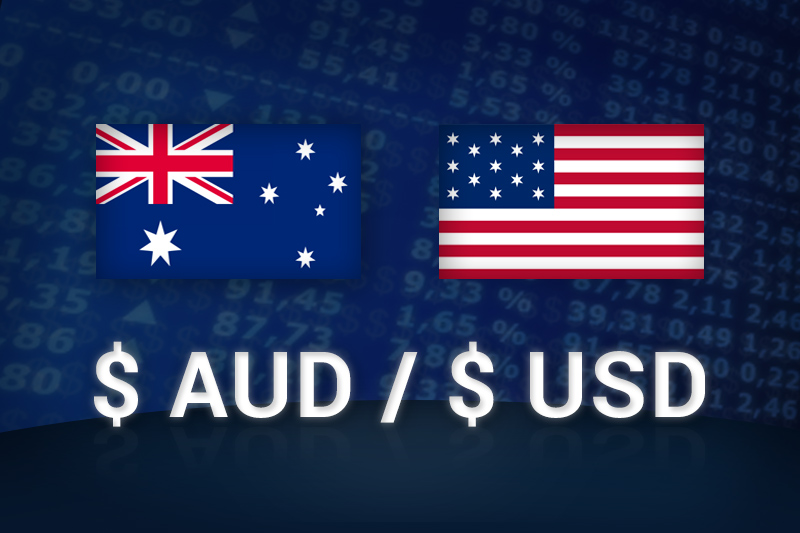Investing.com - The Australian dollar fell against its U.S. counterpart on Friday on news China's gross domestic product grew less than expected in the first quarter.
Concerns that the European debt crisis is escalating boosted global demand for U.S. dollars, which further bolstered the greenback against the Australian currency.
In U.S. trading on Friday, AUD/USD hit 1.0384, down 0.52%, up from a session low of 1.0356 and off from a high of 1.0453.
The pair was likely to find support at 1.0305, Thursday’s low, and resistance at 1.0466, the high of April 3.
In China, the country's gross domestic product grew 8.1% in the first quarter of 2012, below expectations for 8.3% growth and well beneath the fourth quarter's 8.9% expansion.
The data sent the Australian dollar weakening, as the country's exports rely heavily on Chinese demand.
Meanwhile the greenback saw heavy demand worldwide on fears that the European Central Bank might consider buying Spanish government bonds to lower borrowing costs and ease the continent's financial woes.
Yields in Spanish government bond auctions have sparked fears that the debt crisis is reheating.
The European Central Bank has made low-cost credit available to the continent's banks in an effort to ease the crisis, but markets grew increasingly worried Friday that more direct intervention made be needed.
Talk that some European monetary policymakers aren't in favor of intervention made the greenback an even more attractive safe harbor to ride out uncertainty.
The Australian dollar was up against the euro and down against the yen, with EUR/AUD trading down 0.32% at 1.2594 and AUD/JPY down 0.28% at 84.20.
On Monday, the U.S. will release retail sales figures.
Concerns that the European debt crisis is escalating boosted global demand for U.S. dollars, which further bolstered the greenback against the Australian currency.
In U.S. trading on Friday, AUD/USD hit 1.0384, down 0.52%, up from a session low of 1.0356 and off from a high of 1.0453.
The pair was likely to find support at 1.0305, Thursday’s low, and resistance at 1.0466, the high of April 3.
In China, the country's gross domestic product grew 8.1% in the first quarter of 2012, below expectations for 8.3% growth and well beneath the fourth quarter's 8.9% expansion.
The data sent the Australian dollar weakening, as the country's exports rely heavily on Chinese demand.
Meanwhile the greenback saw heavy demand worldwide on fears that the European Central Bank might consider buying Spanish government bonds to lower borrowing costs and ease the continent's financial woes.
Yields in Spanish government bond auctions have sparked fears that the debt crisis is reheating.
The European Central Bank has made low-cost credit available to the continent's banks in an effort to ease the crisis, but markets grew increasingly worried Friday that more direct intervention made be needed.
Talk that some European monetary policymakers aren't in favor of intervention made the greenback an even more attractive safe harbor to ride out uncertainty.
The Australian dollar was up against the euro and down against the yen, with EUR/AUD trading down 0.32% at 1.2594 and AUD/JPY down 0.28% at 84.20.
On Monday, the U.S. will release retail sales figures.
